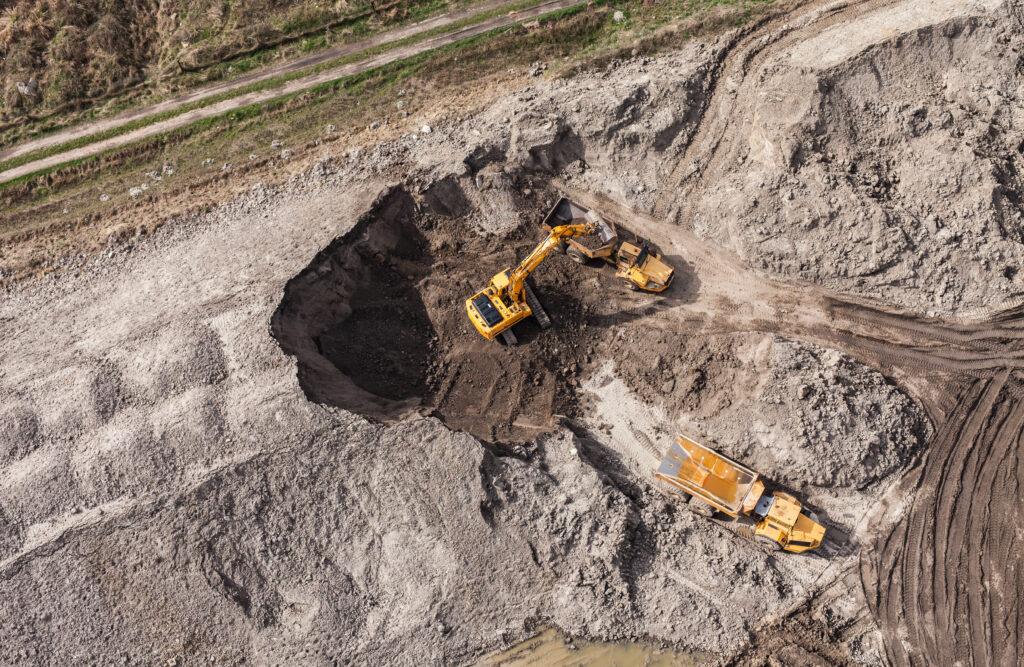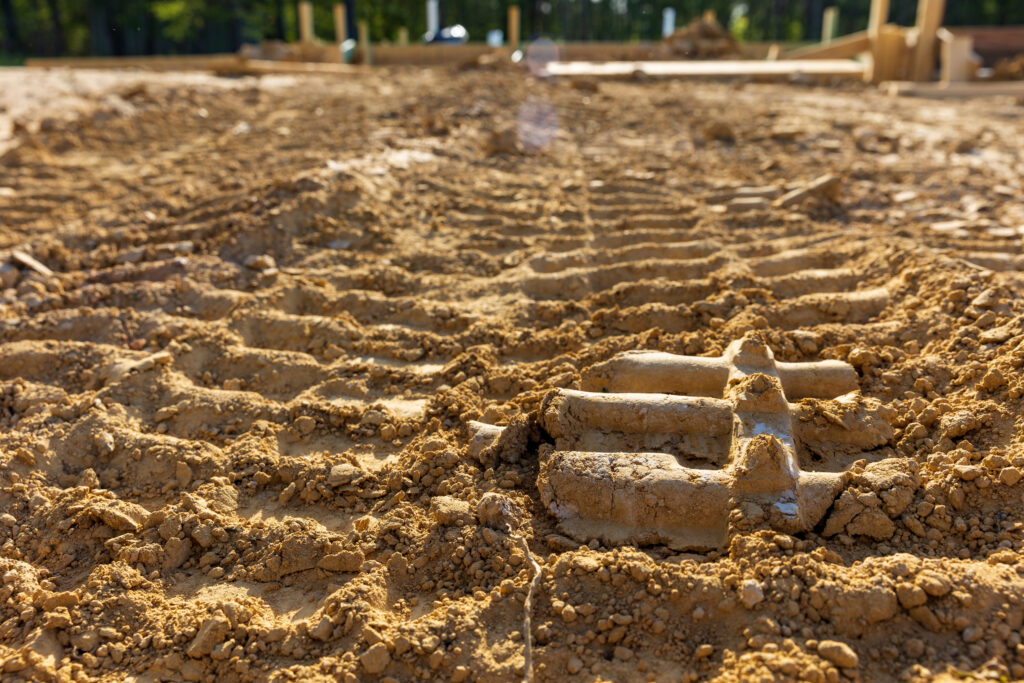
Construction projects are under constant pressure to stay on schedule and under budget. But without a focus on construction efficiency, delays, rework, and cost overruns can quickly drain profits.
Whether you’re managing earthwork, grading, or excavation, improving efficiency can mean the difference between a highly profitable project and one that barely breaks even.
In this blog, we’ll break down five powerful strategies to help contractors eliminate waste, optimize job site performance, and maximize profits.
What is Construction Efficiency and Why Does it Matter?
Before diving into the strategies, let’s define construction efficiency. It refers to the ability to complete a project on time, within budget, and with minimal waste. High-efficiency job sites utilize advanced technology, data-driven decision-making, and streamlined workflows to reduce unnecessary expenses and delays.
When construction efficiency is prioritized, companies see:
✅ Higher Profit Margins – Less waste means more money saved.
✅ Faster Project Completion – Efficient workflows keep schedules on track.
✅ Improved Safety – Fewer errors lead to fewer accidents on-site.
✅ Better Resource Management – Optimized labor, materials, and equipment usage.
Now, let’s look at how contractors can improve efficiency and maximize profitability.
1. Leverage 3D Machine Control for Faster, More Accurate Grading
Traditional grading methods rely on manual stakes and constant grade checks, leading to lost time and inconsistent results. With machine control technology, contractors can:
✔️ Reduce rework by ensuring precision within millimeters.
✔️ Eliminate the need for excessive staking and manual grade checking.
✔️ Speed up earthmoving operations with real-time cut/fill data.
Even contractors without machine control can benefit from 3D site models, ensuring their grading plans are accurate before breaking ground.
How Machine Control Saves Money
By implementing GPS-driven grading and excavation, companies experience:
🚜 Up to 50% faster project completion times – Less back-and-forth with grading corrections.
💰 Significant fuel savings – Machines only move the dirt that needs to be moved.
📉 Reduction in labor costs – Fewer personnel needed for grade checks and surveying.
When machine control is used properly, return on investment (ROI) is achieved within months, not years.

2. Optimize Earthwork Takeoffs to Eliminate Costly Mistakes
A bad takeoff is one of the most expensive mistakes a contractor can make.
❌ Underestimating material quantities leads to costly delays.
❌ Overestimating results in wasted resources and lost profits.
Using accurate earthwork takeoffs ensures contractors:
🔹 Order the right amount of fill, asphalt, concrete, and other materials.
🔹 Bid projects with confidence, reducing financial risks.
🔹 Prevent mid-project adjustments that slow down crews.
The Impact of Bad Takeoffs
A poorly executed takeoff can result in:
⏳ Project delays – Waiting on additional materials that weren’t accounted for.
📉 Profit loss – Wasted materials and unnecessary expenses cut into margins.
🚧 Job site inefficiencies – Crews standing around waiting for missing materials.
The more accurate the takeoff, the smoother the job runs.

3. Reduce Over-Digging and Fuel Waste
Every extra inch of excavation is money lost.
When crews dig beyond the required grade, it leads to:
🚜 Higher fuel consumption from unnecessary machine hours.
🏗️ Extra fill material costs to bring the site back to grade.
⏳ Delays in compaction and backfilling that slow project timelines.
How to Prevent Over-Excavation
✅ Use real-time GPS feedback – Ensures machines stay within design tolerances.
✅ Verify cut/fill calculations before starting the job.
✅ Train operators to recognize when they’re over-digging.
The fix? GPS-guided excavation models and site verification tools that prevent excessive digging and ensure operators stay on grade the first time.
4. Implement GPS Site Calibration for Seamless Jobsite Coordination
A miscalibrated site means every GPS-equipped machine is working off faulty data.
Ensuring that a site is properly localized and calibrated:
✅ Prevents grade mismatches between machines.
✅ Keeps survey data and models aligned with real-world conditions.
✅ Reduces costly adjustments and rework.
Why GPS Calibration Matters
Without proper site calibration, data errors compound, leading to:
🚧 Mismatched elevations – One machine cuts too deep while another fills incorrectly.
🔄 Rework and extra surveying – Fixing mistakes that shouldn’t have happened.
💰 Budget overruns – Correcting these errors takes time and money.
Contractors using GPS grading systems should always verify that base stations, control points, and site data are properly configured before work begins.

5. Train Operators in Construction Technology
Even the best machine control systems and takeoff software won’t help if operators aren’t trained to use them correctly.
🔹 Investing in GPS training reduces job site errors and improves productivity.
🔹 Skilled operators get more work done with fewer passes.
🔹 Technology-savvy crews can take advantage of real-time data to make smarter decisions.
How Training Boosts Efficiency
📈 Trained operators work up to 30% faster than untrained ones.
🛑 Fewer mistakes mean fewer shutdowns and corrections.
💰 Reduced downtime – Machines keep moving, keeping schedules on track.
With more contractors adopting construction technology, training isn’t just an option—it’s a necessity for staying competitive.
Final Thoughts
Construction efficiency isn’t just about working faster—it’s about working smarter.
By implementing machine control, accurate takeoffs, GPS calibration, and technology-driven training, contractors can reduce waste, improve accuracy, and keep projects on schedule.
At TCL Consulting, we help contractors optimize their machine control models and earthwork takeoffs to ensure their projects run as efficiently as possible.
📍 Need expert takeoff and GPS modeling services? Visit: TCL Consulting
#ConstructionEfficiency #MachineControl #EarthworkTakeoffs #Excavation #GPSGrading #ConstructionCostSavings
